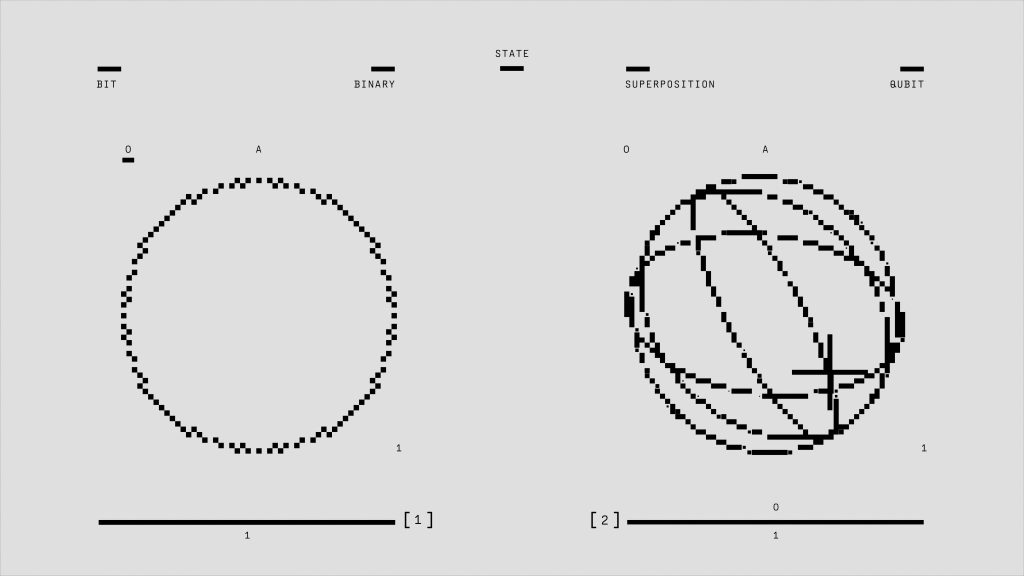How to Transfer Windows 10 from a Used PC to Your Existing Setup: A Guide for Casual Users
Many PC enthusiasts find themselves in situations where they want to repurpose or upgrade their existing systems without starting from scratch. If you’ve recently acquired a used PC running Windows 10 and are considering migrating this operating system to your current machine, you’re not alone. This article explores practical approaches for transferring Windows 10 between hardware, addressing common concerns such as data preservation, licensing, and system compatibility—especially for users seeking a straightforward, low-effort solution.
The Context: Upgrading Your Home Gaming PC
Imagine you have a home gaming PC currently operating on Windows 7. Over time, Windows 7 has become increasingly unsupported, and you’ve come into possession of a second PC that’s no longer in use. This second machine has Windows 10 installed on its hard drive. Your goal? To run Windows 10 on your primary gaming setup without sacrificing the data, configurations, or programs already present.
The Core Challenge: Moving Windows 10 from the Second PC
At a glance, the idea seems simple—just swap the hard drive containing Windows 10 into your existing PC. However, several factors need consideration:
- Hardware Compatibility: Moving a drive with Windows 10 from one machine to another can sometimes cause driver conflicts or boot issues due to hardware differences.
- Licensing and Activation: Windows 10 licenses are often tied to specific hardware. Moving a license from one device to another might require reactivation or may violate licensing terms, especially if the original license was OEM-bound.
- Data Preservation: Ensuring your current Windows 7 setup remains intact and that data on the new drive isn’t lost or corrupted during the transition.
Practical Approaches to System Migration
1. Direct Hard Drive Transfer (Cloning)
Method: Remove the hard drive from the second PC and physically install it into your current machine.
Pros:
– Simple in theory; no need for reinstallations.
– Keeps all installed programs and files from the second PC.
Cons:
– Potential hardware incompatibility leading to boot failures.
– Possible driver conflicts.
– Activation issues related to hardware changes.
Tips:
– Before swapping, consider creating a full backup of your current data.
– After installation, boot into Safe Mode to handle driver issues.
– You may need to perform Windows activation troubleshooting.
Note: It’s advisable to clone the drive rather than
Share this content:



